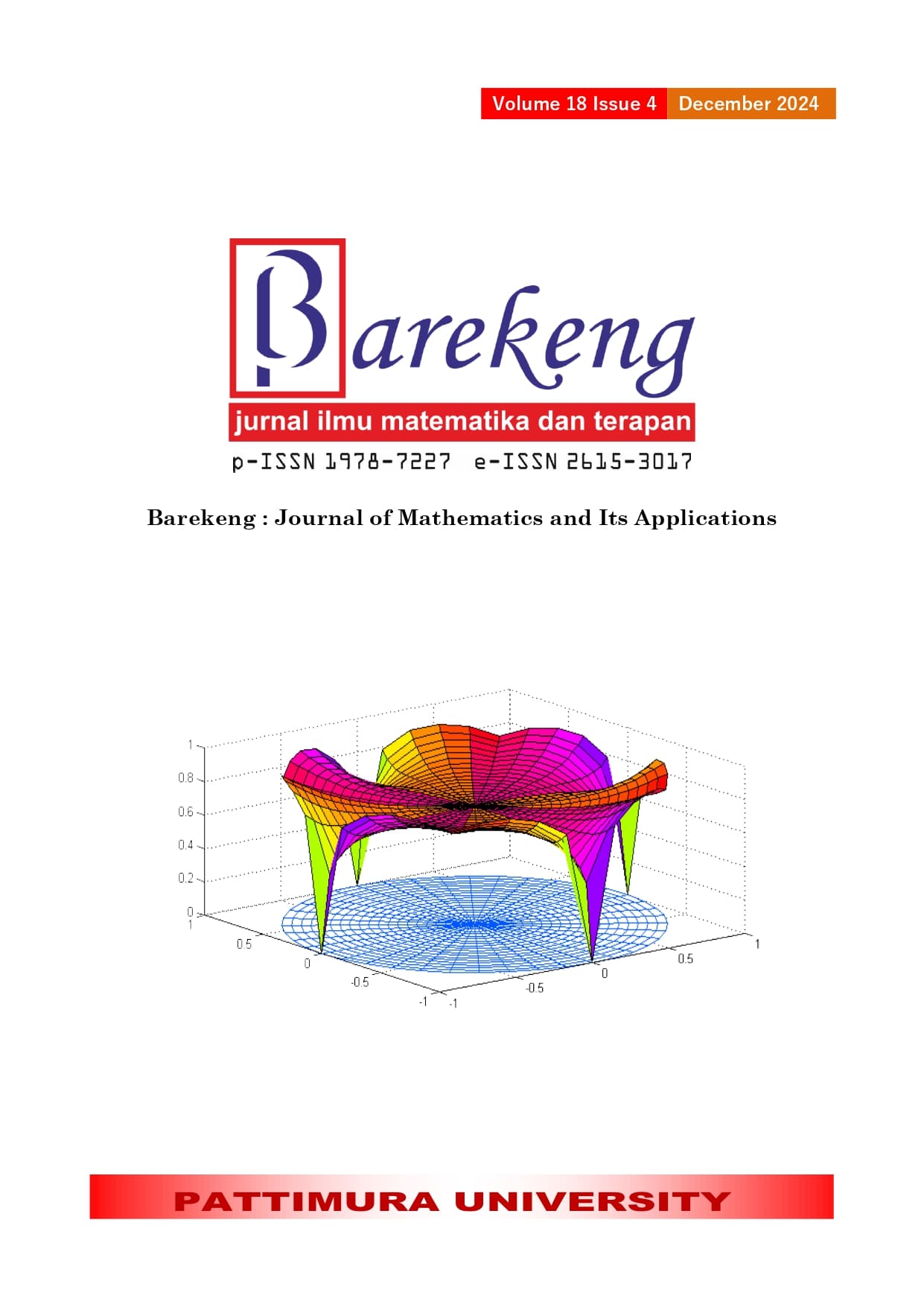PID PATH FOLLOWING CONTROL SYSTEM DESIGN ON UNMANNED AUTONOMOUS FORKLIFT PROTOTYPE
Abstract
One of the technologies often used in material handling and material transport is forklift. Conventionally forklifts are operated by human operators. For efficiency, to improve security, safety, and occupational health and to minimize the risk of operators, forklifts can be automated. Therefore, the idea of unmanned autonomous forklift innovation was introduced. In this final project, a motion control system was designed for an unmanned autonomous forklift prototype both in simulation and hardware using PID control techniques, and the odometry system was equipped with a rotary encoder. In the simulation, the controlled variable was the distance and the manipulated variable was the force on the vehicle. Meanwhile, in the prototype, the controlled variable was distance and the manipulated variable was the motor pulse. In the simulation stage the PID control parameters were applied . with an error of 0.32% in the simulation. The PID control parameters were applied to the prototype, that is, . The distance tests were done with variation of 50 cm to 200 cm (25 cm intervals). One variation of the distance experiment was done 5 times. The average absolute error resulted was 2.36 cm.
Downloads
References
S. Chopra and P. Meindl, Supply Chain Management: Strategy, Planning, and Operation. Pearson, 2013.
T. Bock and T. Linner, Site Automation: Automated/Robotic On-Site Factories, 1st edition. Cambridge University Press, 2016.
G. Swartz, Forklift Safety: A Practical Guide to Preventing Powered Industrial Truck Incidents and Injuries, Second edition. Government Institutes, 1999.
R. Jefferies, Forklift Operator Training. CreateSpace, 2012.
Washington State Departement of Labor & Industries, Forklift Safety Guide. 2015.
U. Elangovan, Smart Automation to Smart Manufacturing: Industrial Internet of Things. Momentum Press, 2019.
H.-H. Lee, “Modeling and Trajectory Control of a Forklift-Like Wheeled Robot,” in Volume 4A: Dynamics, Vibration, and Control, American Society of Mechanical Engineers, Nov. 2014. doi: 10.1115/IMECE2014-37081.
H. A. Van Essen and H. Nijmeijer, “Non-linear model predictive control for constrained mobile robots,” in 2001 European Control Conference (ECC), IEEE, Sep. 2001, pp. 1157–1162. doi: 10.23919/ECC.2001.7076072.
M. Abdellatif, M. Shoeir, O. Talaat, M. Gabalah, M. Elbably, and S. Saleh, “Design of an Autonomous Forklift Using Kinect,” MATEC Web of Conferences, vol. 153, p. 04005, Feb. 2018, doi: 10.1051/matecconf/201815304005.
T. A. Tamba, B. Hong, and K.-S. Hong, “A path following control of an unmanned autonomous forklift,” Int J Control Autom Syst, vol. 7, no. 1, pp. 113–122, Feb. 2009, doi: 10.1007/s12555-009-0114-y.
T. Herlambang, F. A. Susanto, D. Adzkiya, A. Suryowinoto, and K. Oktafianto, “Design of Navigation and Guidance Control System of Mobile Robot with Position Estimation Using Ensemble Kalman Filter (EnKF) and Square Root Ensemble Kalman Filter (SR-EnKF),” Nonlinear Dynamics and Systems Theory, vol. 22, no. 4, pp. 390–399, 2022.
Teguh Herlambang, Reizano Amri, and Sri Hartatik, “Estimasi Posisi Mobile Robot Menggunakan Metode Akar Kuadrat Unscented Kalman Filter (AK-UKF),” Technology Science and Engineering Journal, vol. 1, no. 2, 2017.
T. Herlambang, Subchan, and H. Nurhadi, “Design of motion control using proportional integral derivative for UNUSAITS AUV,” International Review of Mechanical Engineering, vol. 12, no. 11, pp. 928–938, 2018, doi: 10.15866/ireme.v12i11.15758.
T. Herlambang, S. Subchan, H. Nurhadi, and D. Adzkiya, “Motion Control Design of UNUSAITS AUV Using Sliding PID,” Nonlinear Dynamics and Systems Theory, vol. 20, no. 1, pp. 51–60, 2020.
T. Herlambang and H. Nurhadi, “Design of a Sliding PID Controller for The Surge and Roll Motion Control of UNUSAITS AUV,” International Journal of Computing Science and Applied Mathematics, vol. 3, no. 2, p. 61, 2017.
F. Yudianto, T. Herlambang, F. A. Susanto, A. Suryowinoto, and B. P. Tomasouw, “Design of ROV Straight Motion Control Using Proportional Sliding Mode Control Method,” BAREKENG: Jurnal Ilmu Matematika dan Terapan, vol. 16, no. 3, pp. 1051–1058, Sep. 2022.
Copyright (c) 2024 Teguh Herlambang, Katherin Indriawati, Reza Maliki Akbar, Hendro Nurhadi

This work is licensed under a Creative Commons Attribution-ShareAlike 4.0 International License.
Authors who publish with this Journal agree to the following terms:
- Author retain copyright and grant the journal right of first publication with the work simultaneously licensed under a creative commons attribution license that allow others to share the work within an acknowledgement of the work’s authorship and initial publication of this journal.
- Authors are able to enter into separate, additional contractual arrangement for the non-exclusive distribution of the journal’s published version of the work (e.g. acknowledgement of its initial publication in this journal).
- Authors are permitted and encouraged to post their work online (e.g. in institutional repositories or on their websites) prior to and during the submission process, as it can lead to productive exchanges, as well as earlier and greater citation of published works.






1.gif)



